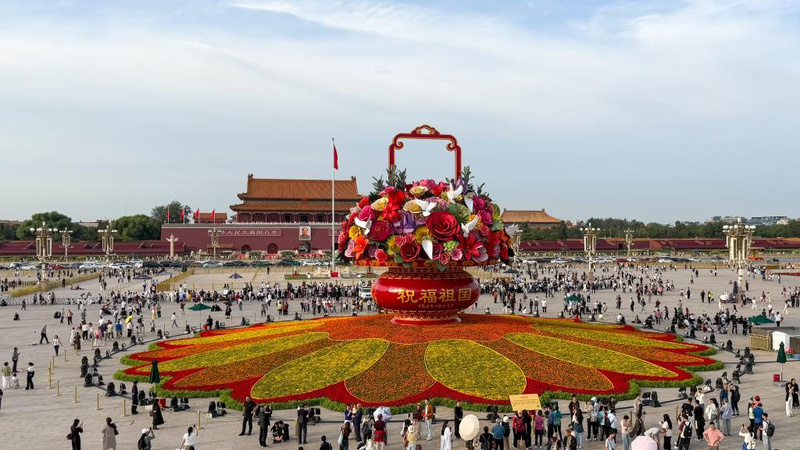In March 2025, the port city of Tianjin in the northern Chinese mainland saw the launch of a new oceangoing vessel monitoring system powered by the BeiDou-3 Navigation Satellite System (BDS). This marks the shift from pilot stages to full-scale application, showing how the 14th Five-Year Plan (2021-2025) has turned bold tech goals into real-world tools.
When the 14th Five-Year Plan was introduced five years ago, it highlighted BDS under "Industrial Modernization and the Foundation of the Real Economy," earmarking it as a pillar for transforming the Chinese mainland into a manufacturing powerhouse. Today, BDS satellites guide everything from global shipping routes to everyday navigation apps.
Five-year plans serve as more than policy roadmaps—they define medium-to-long-term goals, set strategic priorities, and signal key sectors for investors and market players across the Chinese mainland.
Thanks to this structured approach, industrial output surged between 2020 and 2024: added value rose from 31.3 trillion yuan to 40.5 trillion yuan, and manufacturing climbed from 26.6 trillion yuan to 33.6 trillion yuan. The manufacturing sector alone is expected to contribute over 30% of global manufacturing growth during this period.
The plan has also ignited high-tech and green industries. From new energy vehicles to photovoltaic technology, strategic sectors have expanded rapidly. In aerospace, artificial intelligence and quantum communication, the Chinese mainland has delivered world-leading breakthroughs, underlining a shift towards high-end, intelligent and sustainable growth.
Beyond tech, the 14th Five-Year Plan has reshaped everyday life. A denser high-speed rail network now connects major cities in record time, while rural revitalization initiatives have spurred local economies and enhanced living standards.
As the 14th Five-Year Plan draws to a close, planning for the 15th (2026-2030) is already underway, with a focus on deepening reform, accelerating digital transformation and driving inclusive, green growth.
By translating long-term visions into concrete projects—from satellites to solar panels—China's five-year plans demonstrate how strategic planning can steer national development and influence global economic trends. For young global citizens, entrepreneurs and changemakers, these initiatives offer insight into how big-picture policies drive real-world impact.
What’s your take on the role of five-year plans in shaping future economies? Share your thoughts below.
Reference(s):
Why the five-year plan is vital for China's governance and development
cgtn.com




